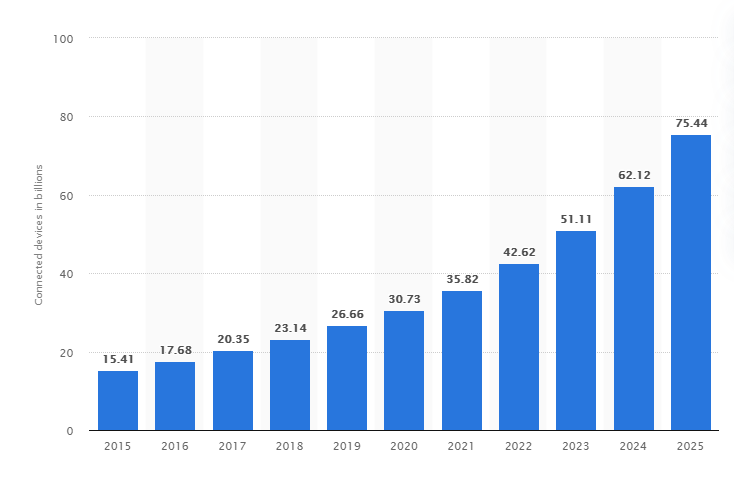Technology must transfer data to the central system in real time, otherwise it may have negative consequences. If the sensor battery power runs out, a machine failure may stop production for one day or lead to direct danger. If battery life is unbelievable and short, IoT applications will become useless, causing more interference rather than making life easier for its intended purpose. Therefore battery powered IoT devices come as a standard in up-to-date IoT installations
Wireless sensors and sensor networks are one of the elements of the Internet of Things systems and intelligent factories. Replacing the standard sensors and data collection devices with versions that communicate wirelessly gives many benefits, but also enforces a highly thought-out system design that will minimize energy consumption. This is important because these systems must work for many years without servicing. In the article we present the issues regarding the design of systems and forecasting of energy consumption in IoT systems.
Wireless communication vs Battery power
The idea of wireless sensor networks has been around for at least two decades, while the IEEE subgroup working on personal wireless networks defined the 802.15.4 standard in 2003, a year later the first versions of ZigBee appeared. Since then, many varieties of wireless communication have been developed, such as LoRa & NarrowBand-IoT and additional functions introduced, as a result of which designers now have a choice of various open or proprietary protocols. What significantly affects the way the entire project is implemented is energy consumption.

The basic elements of these systems are sensors that measure physical quantities. Some signal and data processing capabilities are also important. After all, the communication interface is important, which will allow you to pass the measured data on. Such a sensor node should wake up from time to time, make contact with its superordinate controller, transfer data and fall back to sleep again. Battery life depends on the total charge collected. Minimizing this consumption in the long run means that you need to minimize energy consumption during each work cycle. In many cases, the sensor will only work for a small fraction of the time. A measurement that lasts a few milliseconds can be triggered once per second, once per minute, or even less frequently. Therefore, the energy consumed in sleep mode may dominate the total energy consumption.
Battery powered sensors market growth
The lifetime of IoT sensors varies greatly: some last a year years, others 10, the first being the most realistic. When organizations need to deploy engineers to install new batteries in sensors and employ staff to monitor them, the benefits of technology itself are beginning to run out.

It is estimated that in 2020 nearly 31 billion devices will be connected to the Internet of Things. Such forecasts provide ample opportunities, especially for producers associated with the products that make up it, and they are intensified by the developing IoT technology.
Source: https://globenergia.pl/co-laczy-internet-rzeczy-i-perowskity-fotowoltaika-do-zastosowan-wewnetrznych/
Battery-ready IoT devices based on ESP32
Battery / SuperCap power support allows the processes and data to be securely executed, saved or transferred, and the operating system to be safely shutdown or reboot, if the power source has been restored. The power failure alert can also be sent to cloud service, to perform custom task, specified by user or self-learning AI algorithm.
The Moduino device is a comprehensive end-point controller for variety of sensors located throughout any installation. It fully supports temperature and humidity sensors and new ones are currently developed, e.g. accelerometer, gyroscope, magnetometer, etc.

Moduino–ModBerry symbiosis allows wide range of wake-up/sleep schedule customization, in order to perform best and save energy accordingly to power supply state. Arduino and MicroPython environments provide libraries to control different scenarios of data and power management.
With built-in algorithms and the possibility to program on your own, the TECHBASE’s sleep/wake addon module can wake the device using schedule/timer. Another option is wake on external trigger, e.g. change of input, etc. All the options for sleep, shutdown and wake can be configured for various scenarios to ensure constant operation of devices, safety of data and continuity of work in case of power failure in any installation.


